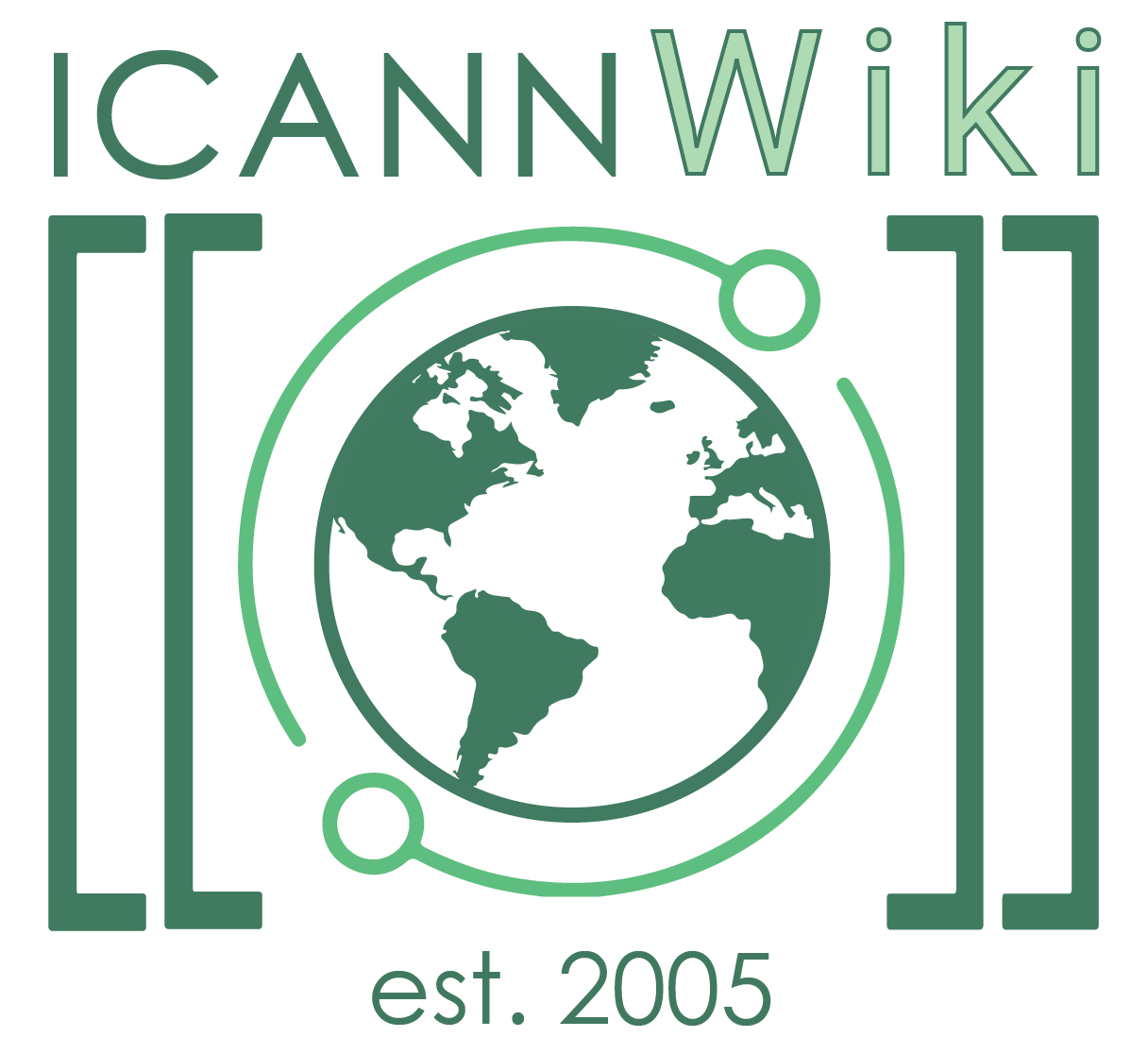Counterfeit Access Device and Computer Fraud and Abuse Act
| Norm | |
|---|---|
| Norm title | Counterfeit Access Device and Computer Fraud and Abuse Act of 1984 |
| Type of norm | Act |
| Issuing body | United States Congress |
| Geographic scope | National |
| Country |
|
| Status | Amended |
| Official text | https://www.govinfo.gov/content/pkg/STATUTE-98/pdf/STATUTE-98-Pg1837.pdf |
| Related Norms | Computer Fraud and Abuse Act (1986) |
| Parent legal framework | Comprehensive Crime Control Act of 1984 |
| Language | English |
Counterfeit Access Device and Computer Fraud and Abuse Act of 1984 is the short title for Chapter XXI of Title II of Comprehensive Crime Control Act of 1984 (Pub. L. 98–473), enacted on 12 October 1984. It created 18 U.S.C. § 1030 (Fraud and related activity in connection with computers), establishing the first federal computer‑crime offense. [1] [2] [3]
Scope at Enactment
The 1984 enactment of § 1030 focused on computers of federal interest, criminalizing unauthorized access to obtain government or national‑defense information, access to certain financial and consumer‑report information, and unauthorized access to non‑public U.S. Government computers. [2] [4]
Legislative Context
The 1984 provisions are part of the Comprehensive Crime Control Act of 1984. Within Pub. L. 98–473, Chapter XXI carried the short title "Counterfeit Access Device and Computer Fraud and Abuse Act of 1984" and created § 1030. (Separately, Chapter XVI (short‑titled the "Credit Card Fraud Act of 1984") enacted § 1029 on access‑device fraud). [1] [5]
Relationship to the Computer Fraud and Abuse Act (1986)
In 1986, Congress enacted the Computer Fraud and Abuse Act (CFAA) (Pub. L. 99–474) as a substantial amendment to § 1030, expanding offenses (including password trafficking) and refining mental‑state requirements. Later amendments in 1989, 1994, 1996, 2001, 2002, and 2008 further broadened scope; the term "protected computer", covering systems used in or affecting interstate or foreign commerce (including some outside the U.S.), was introduced in 1996.[6] [2] [7]
See also
References
- ↑ 1.0 1.1 US Code Title 18, Chapter 47
- ↑ 2.0 2.1 2.2 United States Sentencing Commission, Primer on Computer Crimes (2021), p. 3 & n.3 (Congress enacted § 1030 as part of the 1984 Act; Pub. L. 98–473, §2102(a), 98 Stat. 2190)
- ↑ LII, Table of Popular Names (showing 98–473, Title II, ch. XXI (Sec. 2101 et seq.), 98 Stat. 2190)
- ↑ Current codification of 18 U.S.C. § 1030
- ↑ DOJ Criminal Resource Manual §1024
- ↑ CRS Cybercrime and the Law: Primer on the CFAA and Related Statutes
- ↑ LII § 1030
ICANNWiki resources: Special Pages | Content Guide | Documentation | Development || Maintenance: Articles needing attention | Candidates for deletion || Projects: Internet & Digital Governance Library
